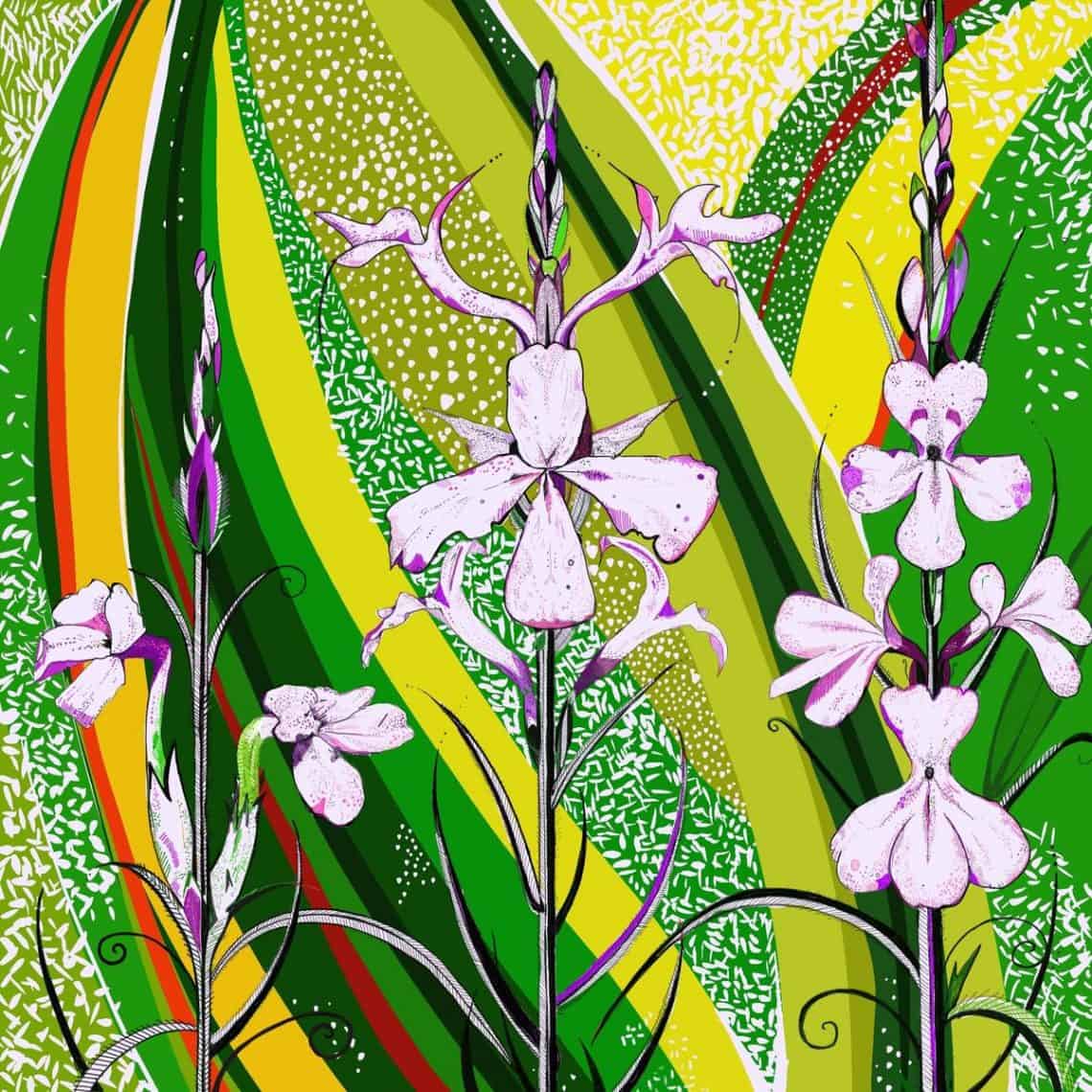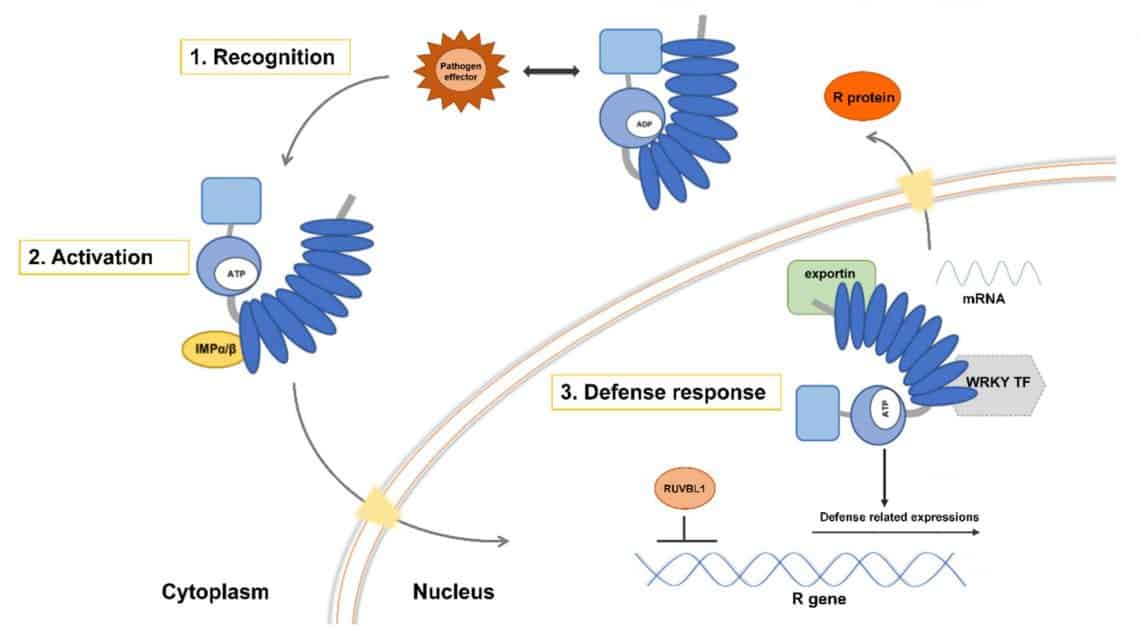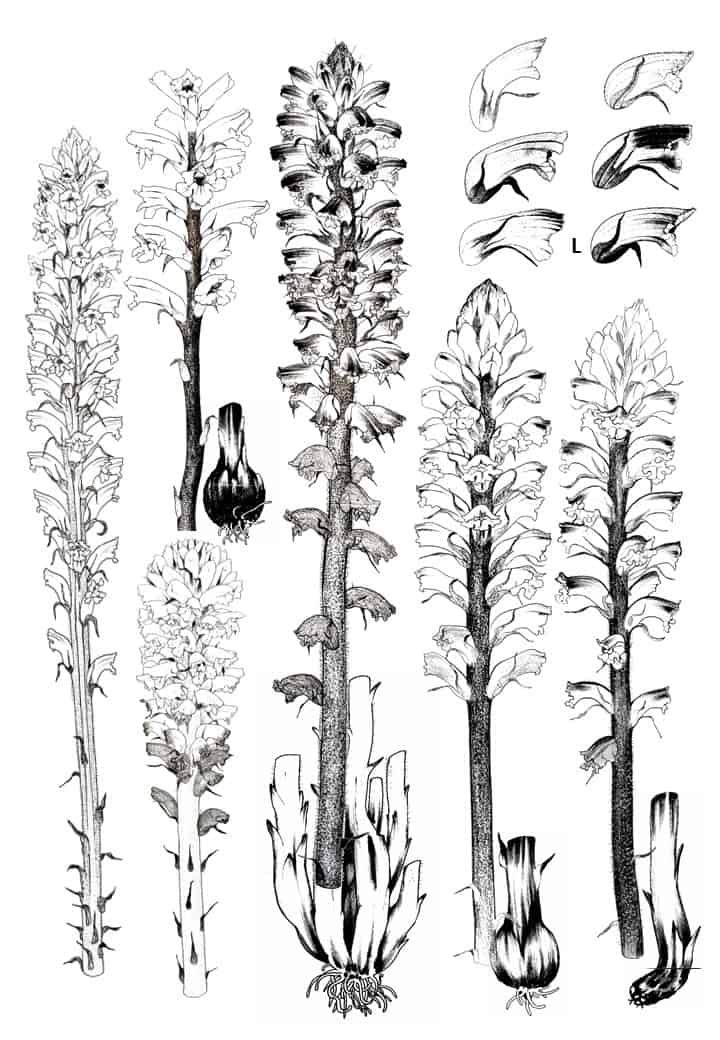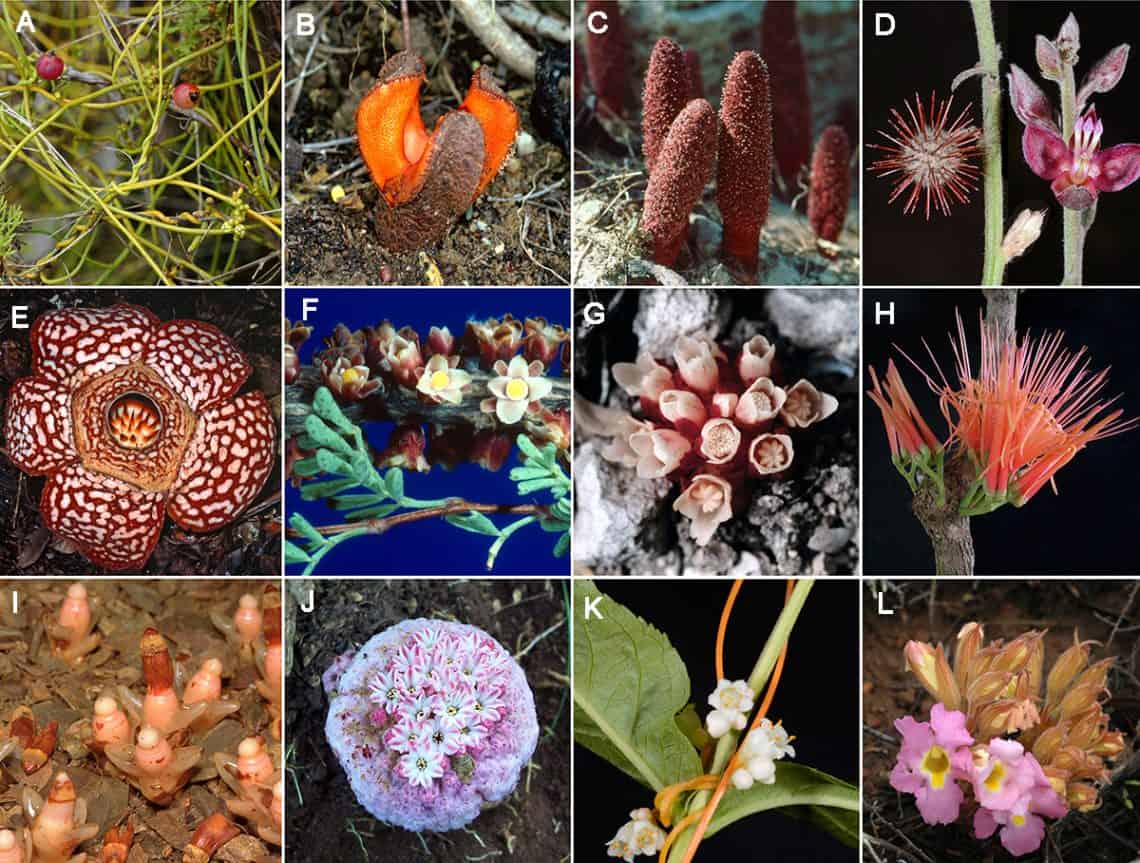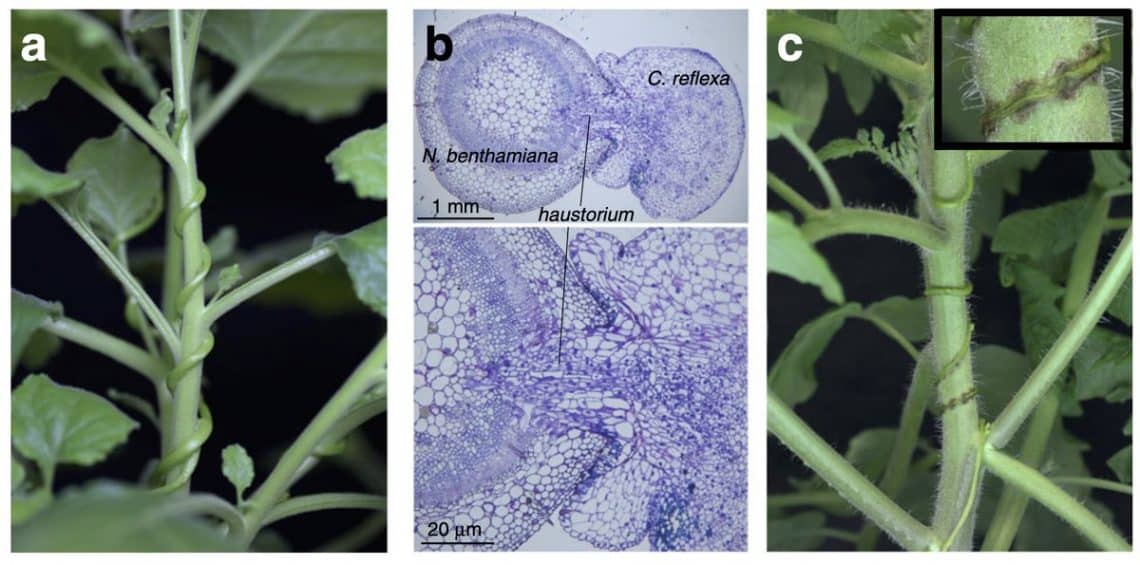A famous mistletoe auction has been cancelled this year for the first time in 160 years. The Tenbury Wells Mistletoe Festival, which celebrates the town’s connection to the sale of holly and mistletoe – and goes back more than ahundred years – has also had to be cancelled. A spokesperson for the Tenbury Wells Mistletoe […]
From Haustorium 79: Tenbury mistletoe auction cancelled for first time in more than 150 years

